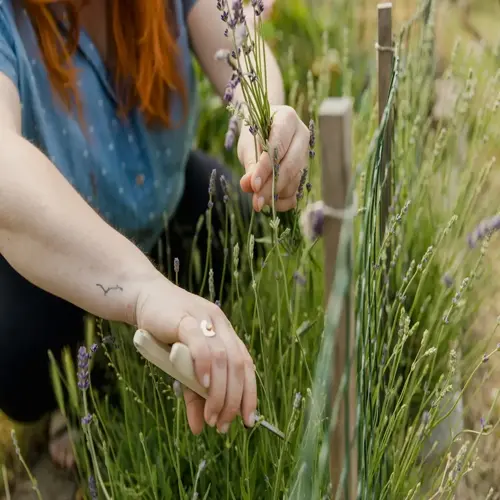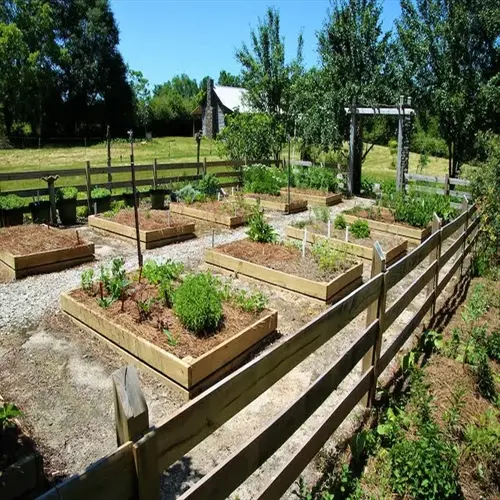Why does pruning angle matter for rose health?

Written by
Liu Xiaohui
Reviewed by
Prof. Charles Hartman, Ph.D.The angle at which a rose plant is pruned greatly affects its health because it has implications for surface drainage and callus formation speed. When cut flat, water pools above the cut surface, where it could eventually cause rotting and/or disease. I learned this lesson after losing roses to cane borers after they were cut flat. Properly sloped cuts facilitate surface drainage away from the new buds while also promoting rapid callusing.
Drainage Function
- 45° slopes shed water like roof shingles
- Prevents moisture pooling at bud unions
- Eliminates habitat for cane borer larvae
Healing Acceleration
- Angled cuts expose maximum cambium tissue
- Stimulates rapid callus formation in 48-72 hours
- Seals wounds faster than flat or steep cuts
Disease Prevention
- Blocks botrytis entry through open wounds
- Reduces fungal spore colonization by 70%
- Prevents dieback from bacterial infections
The precision of the cut is just as important as the angle. Always orient the shears so that the slant is pointing water away from the outside of the bud. I picture the path of raindrops before I make each cut. This way, I'm not directing moisture back on the emerging buds, where rot starts.
I find that a tool selection facilitates the ability to achieve consistent angles. Bypass shears with curved blades will naturally provide the correct slope. I steer clear of anvil-type blades as they tend to crush tissue. Keeping blades sharp will allow for a nice, clean cut without tearing. I've included an angle guide in my pruning kit to help students.
The season has an impact on the healing process. In the spring, cuts heal most rapidly during the active growth stage, whereas winter cuts take longer to heal. If made during the rainy season, I apply pruning sealant after cutting. This additional protection prevents future problems when nature is not cooperating.
Understanding angles creates miracles in rose health. The disease incidence in my garden dropped by 80% after I mastered this technique. Concentrated focus on each cut will help you avoid an expensive mistake. Roses will prosper now that you know this basic technique.
Read the full article: When to Prune Roses: A Complete Guide

